Search
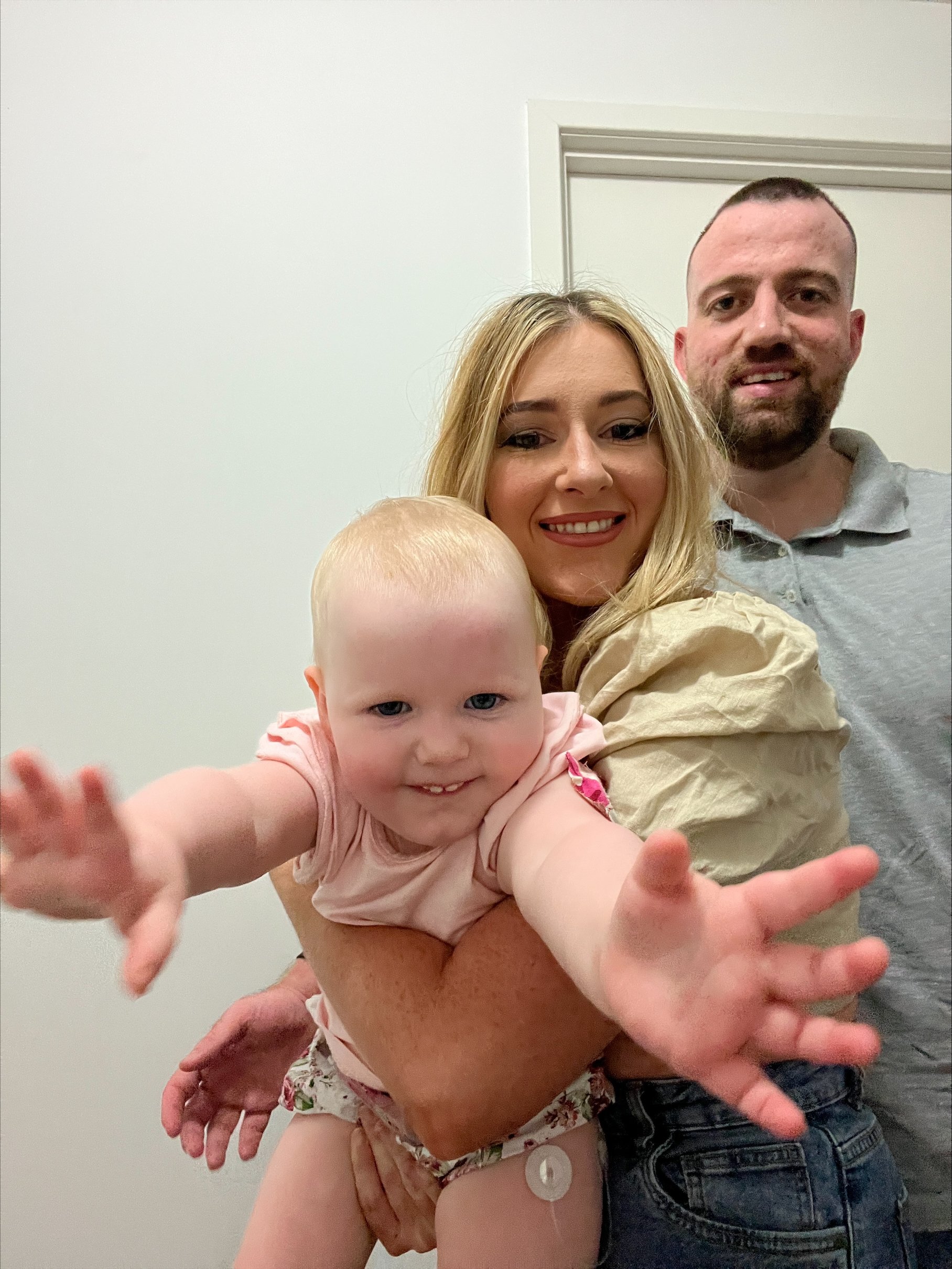
News & Events
Community Conversation "What support do families with early-stage T1D need?"What support do families with early-stage T1D need? Screening for the risk of developing T1D is now an option. But as exciting as screening is, we

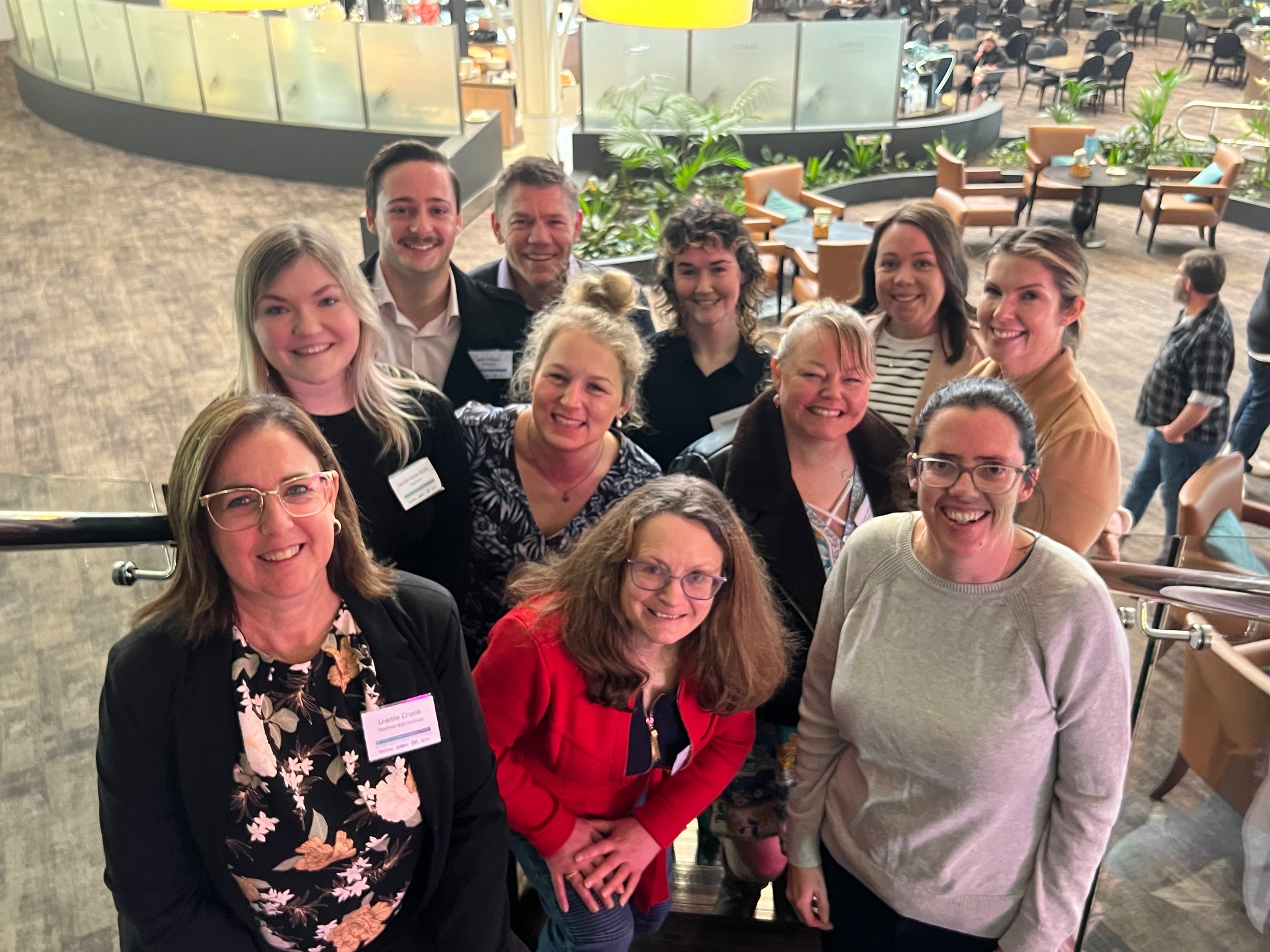
News & Events
National committee shares collective voice for researchEver wondered what a national committee does? Who can be a member and what they do?

News & Events
Diabetes researcher Dr Aveni Haynes awarded prestigious international fellowshipCongratulations to Principal Research Fellow Dr Aveni Haynes from The Kids Research Institute Australia and the University of Western Australia.
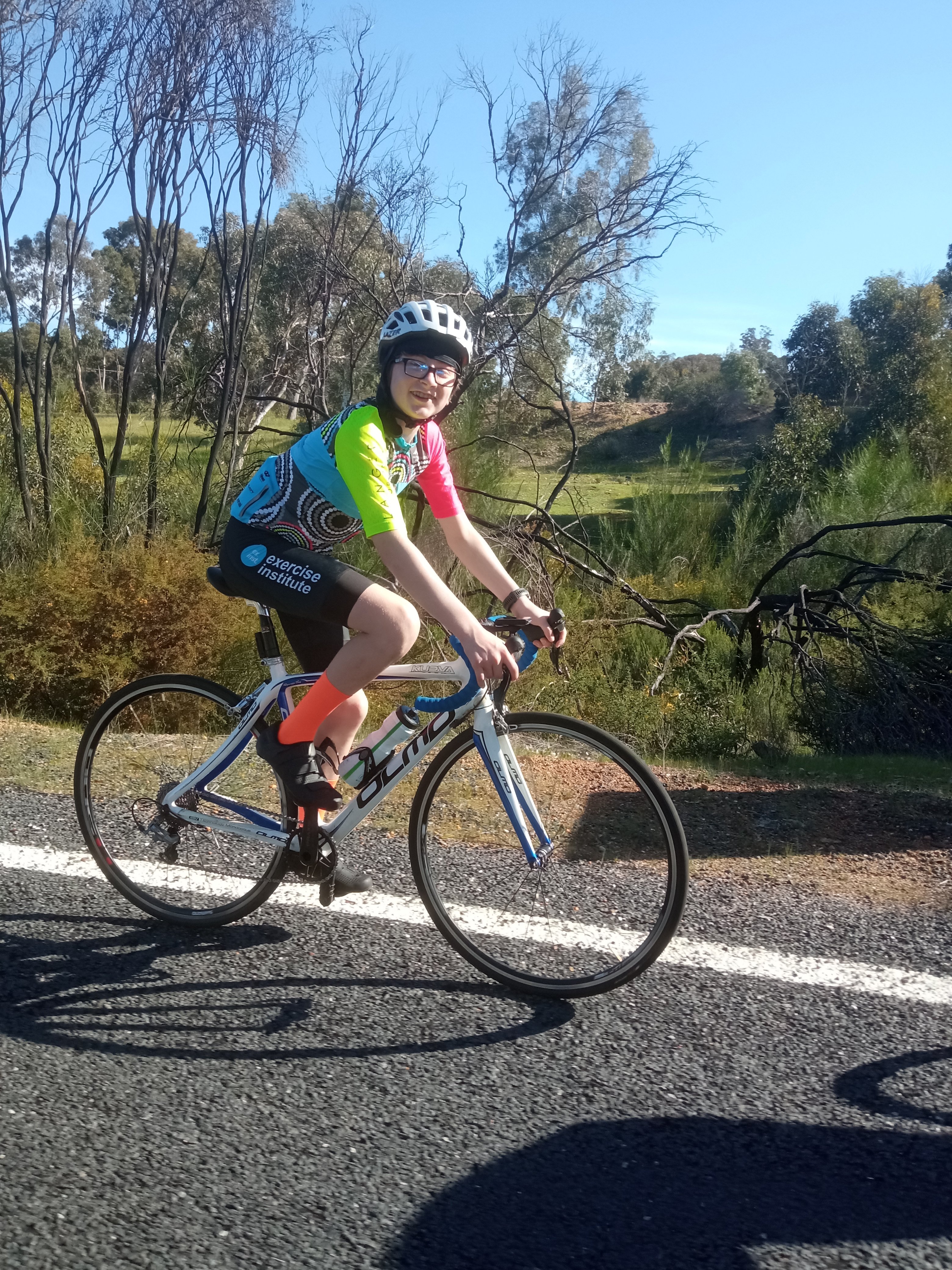
News & Events
Avid cyclist Theo Grant completes Everesting eventWA teenager Theo Grant has been living with type 1 diabetes since he was two-years-old, but the condition hasn't stopped him from setting big goals
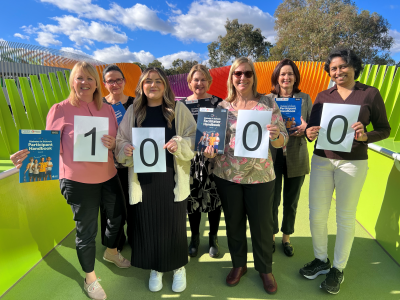
News & Events
Diabetes in Schools milestoneThe Diabetes in Schools team at the Perth Children’s Hospital have just reached a huge milestone – 1000 school visits!

News & Events
Steering Committee MemberSteering Committee Member Is your child currently using the Diabetes Service at PCH? Are you interested in better use of diabetes data to improve
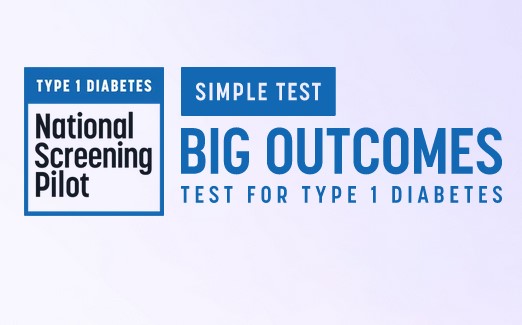
News & Events
Type 1 diabetes National Screening Pilot launches in WADid you know that 9 out of 10 children diagnosed with type 1 diabetes have no family history of the condition?
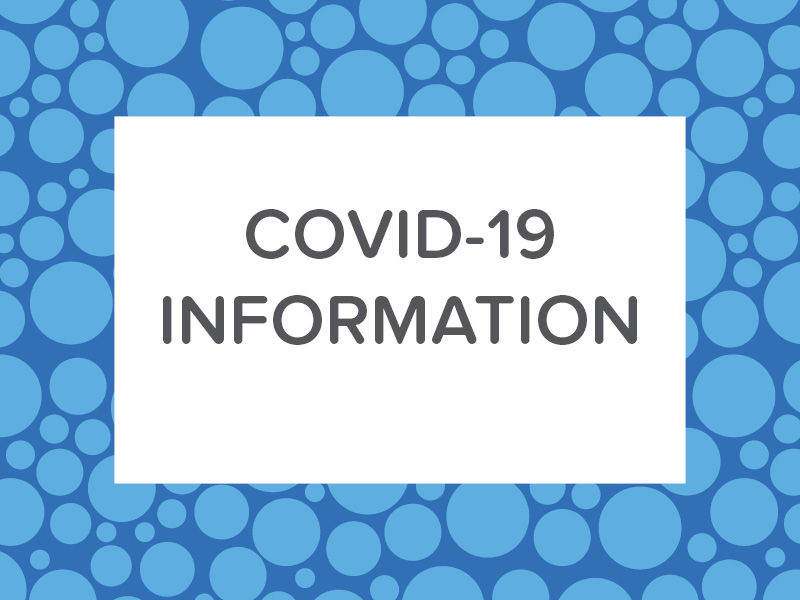
News & Events
COVID Update August 2022We have been advised by the Department of Infectious Diseases at Perth Children's Hospital and the Wesfarmers Centre of Vaccines and Infectious Diseases at The Kids Research Institute Australia that COVID-19 vaccinations are now available for young children aged 6 months to 4 years with type 1 diabetes.
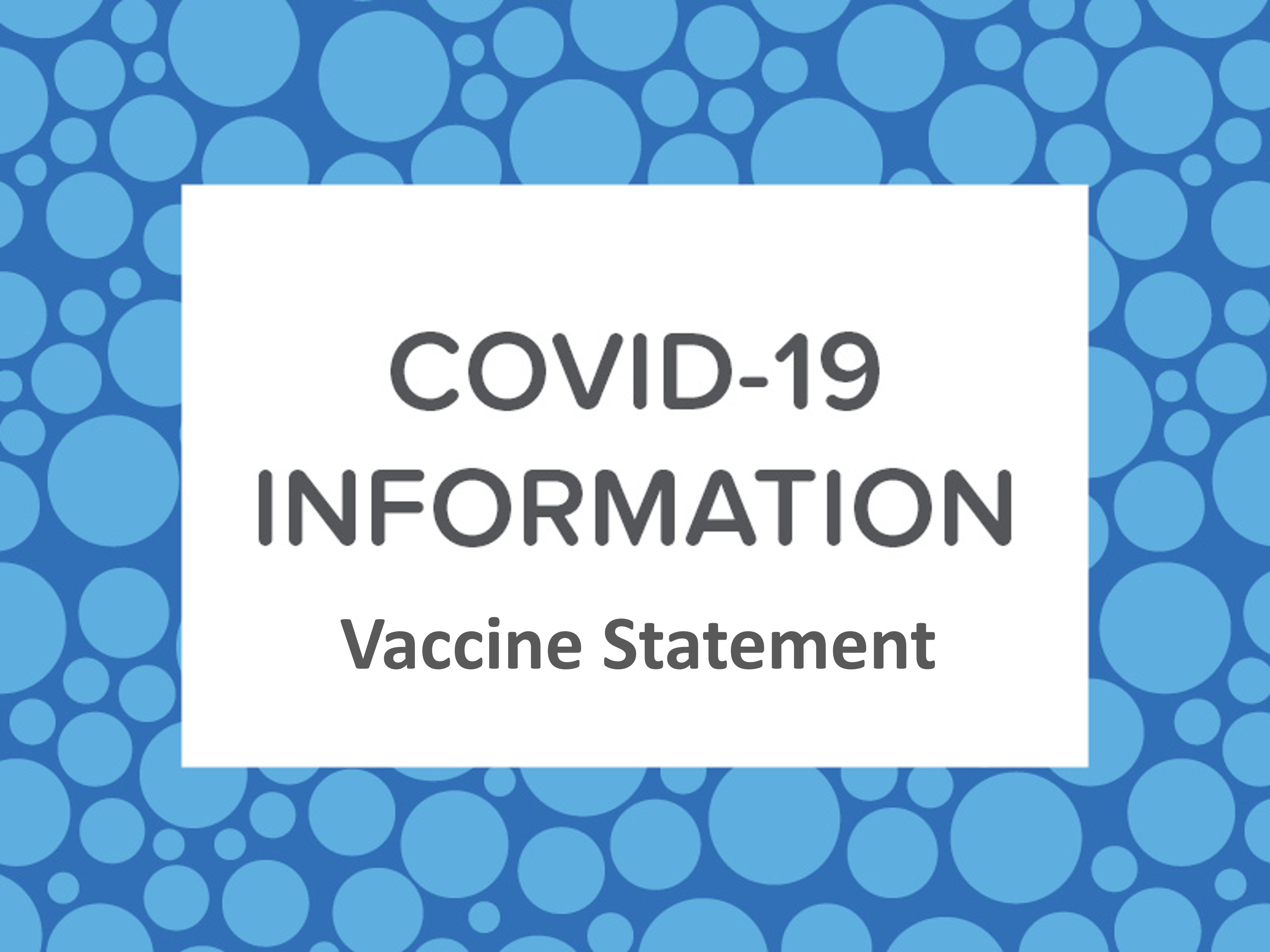
News & Events
Covid Vaccination StatementRe: Recommendations from the Diabetes and Endocrinology Department at Perth Children’s Hospital and the Children’s Diabetes Centre at The Kids Research Institute Australia regarding COVID-19 vaccination for children with diabetes
